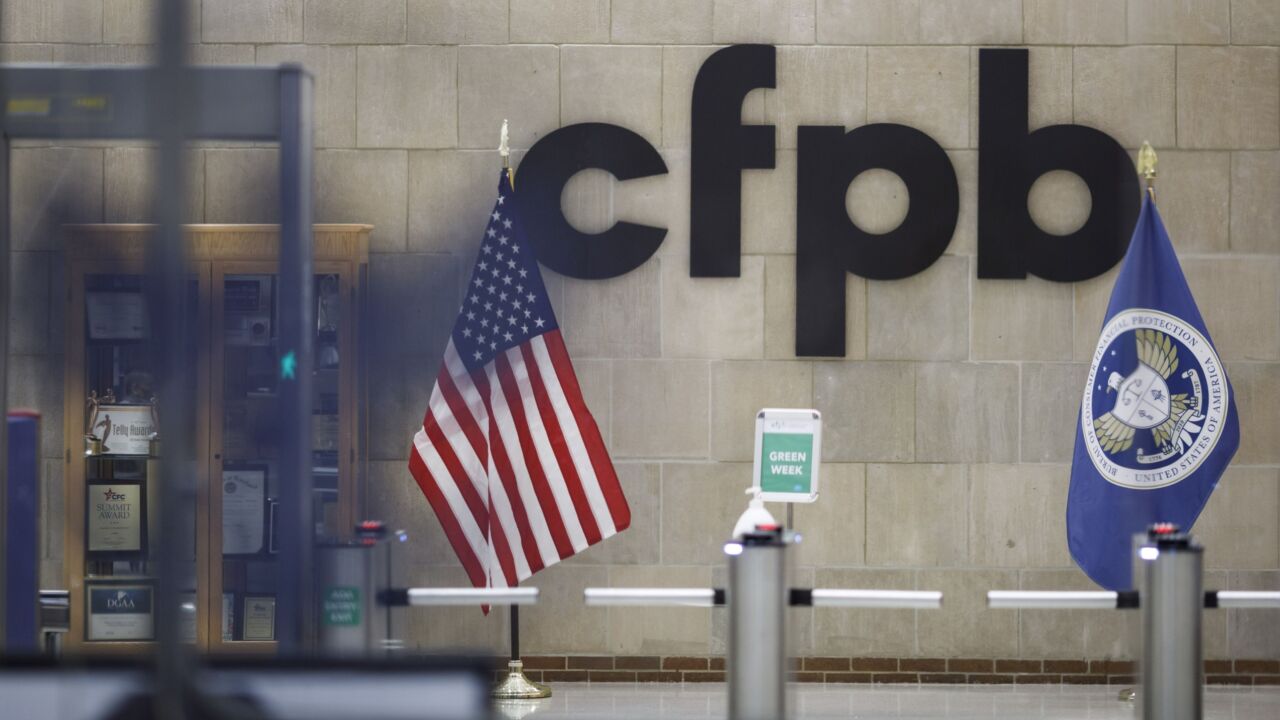
A vexing housing policy question has created the mortgage industry's ultimate odd couple.
Ed Pinto, a conservative housing critic at the American Enterprise Institute, has teamed up with Bruce Marks, a liberal consumer advocate who leads Neighborhood Assistance Corp. of America, to chase an elusive goal: invent a viable mortgage that could help low-to moderate-income borrowers build wealth rather than just accumulate debt.
On Monday they will announce their "Wealth Building Home Loan" product at a mortgage conference in Raleigh, N.C.
Bank of America, which has a long-term $10 billion contract with NACA, has agreed to originate the loans through a pilot program that begins this month. B of A plans to hold the loans on its balance sheet, as well as subsidize the interest rate buy-down that's integral to the 15-year loan product's affordability.
"One of the main reasons the 15-year loan hasn't become standard in the country is it's not affordable, but this aggressive buy-down of the interest rate makes it affordable," Marks said in an interview.
Though Pinto and Marks typically are on opposite ends of the political spectrum, they both admit to having a "meeting of the minds" about the difficulties of homeownership for low-income borrowers.
"If you're low-income, the opportunity to build wealth by buying a house is very difficult," Pinto said in an interview. "The 30-year loan doesn't build wealth reliably because it amortizes slowly and house prices are incredibly volatile. But a 15-year loan means more money is going to pay principal rather than interest."
The 15-year home loan ostensibly requires no down payment or credit score, and would help borrowers build equity quickly while reducing the risk of foreclosure.
The loans work primarily by using seller concessions, whatever down payment a borrower would normally have and B of A's subsidies to buy down the interest rate to as low as 1.25%. Typically 1% of the loan amount buys down a quarter-point of the rate, but B of A will offer a subsidy so that the 1% buy-down will result in a half-point drop in the interest rate.
Marks, a longtime consumer advocate who has sent legions of picketers to the homes of bank executives, admits that under normal circumstances he probably would consider Pinto a nemesis.
But after speaking together on an industry panel, the two began chatting about ways to make home loans more affordable and less predatory for low-income Americans.
"What's very interesting is that Pinto agrees and the Republicans agree that there should be assistance to make the mortgage affordable," Marks said.
Marks said he had never focused on the 15-year mortgage, but found that buying down the interest rate makes the loans much more affordable.
"This goes up against the established Washington housing industry because you're allowing the investment [down payment] from the homebuyer to have more impact," Marks said. "If you look at the amortization for 30-year mortgage, you only get significant equity in year 15. But with a 15-year mortgage, you have equity at seven years."
For now, the initial pilot program works without any government subsidy.
To get a 15-year mortgage with a 1% to 2% interest rate means borrowers have to come to the table with some form of down payment, which has typically been a barrier to home ownership. Some of the loans also might have a seller contribution of up to 3%, Pinto said.
Moreover, the loans might make sense to banks because NACA has very strict debt-to-income guidelines, typically 41%. Though most loans are required to have maximum debt-to-income ratios of 43%, Fannie Mae, Freddie Mac and the Federal Housing Administration are all currently exempt from that limit.
NACA's relationship with B of A is akin to that of a correspondent originator. It processes mortgage applications, performs fully documented underwriting and provides housing counseling to borrowers for loans that are later acquired by B of A.
Initially, the loans will be available nationwide through 37 NACA offices, where borrowers go through a counseling process. The program is also being pitched to other banks and as a potential product offered specifically to bank employees.
"Bank employees are the perfect middle income group, largely millennials and Gen-Xers who want to buy houses, and we have pitched this to a number of banks, which would be the middle income no subsidy approach," Pinto said.
He hopes to eventually get the federal government to provide a $6 billion tax credit per year to help up to 500,000 low-income borrowers buy down their interest rates. For now, Pinto admits getting a government subsidy is a high hurdle and "barely a gleam in the eye," for the initial pilot program.
Pinto has long a thorn in the side of Fannie, Freddie and the FHA. He helped develop the "Wealth Builder" loan with Stephen Oliner, a resident scholar at AEI. Earlier this year, they created a new National Mortgage Risk Index to gauge how many loans backed by Fannie, Freddie and the FHA would go belly up in a severe recession.
For years, Pinto has lambasted government-backed loans for allowing borrowers to have too much leverage and debt that ultimately pushed many into foreclosure.
"Instead of using high leverage and high debt ratios to put people with vulnerable incomes and poor credit into loans, we're structuring the loan to build principal and equity rather than paying interest to the lender," he said.





